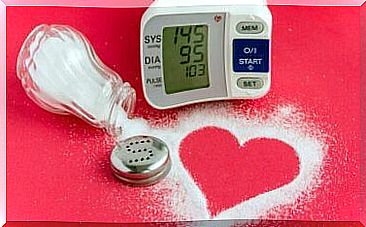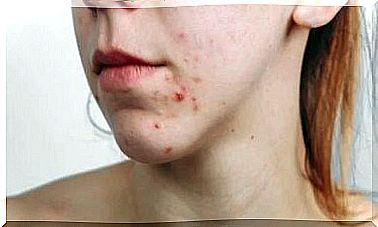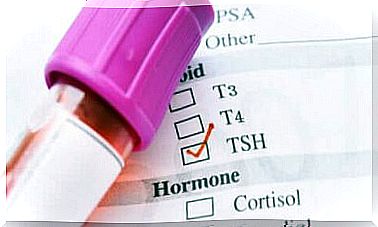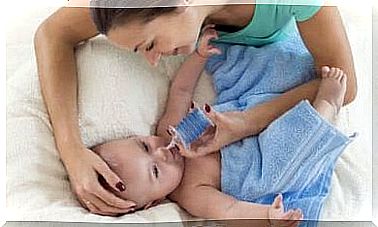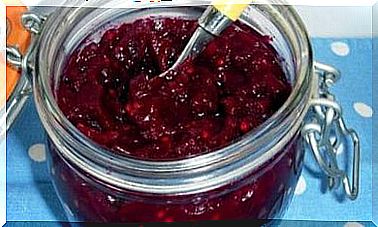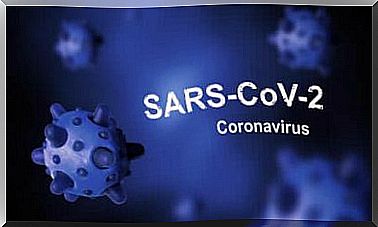Treatments For Varicose Veins
Varicose veins can appear at any age. They are more common from the age of 40 and in women, but men can also suffer from them.
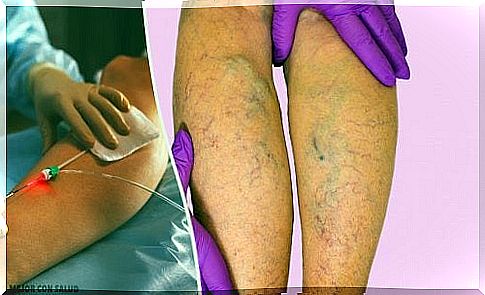
There is no specific age for having varicose veins. Although they are more recurrent in women between the ages of 40 and 50, some men also have them.
What are varicose veins?
Blood vessels that appear irregularly and dilate when the walls are weak are called varicose veins. These are clusters of veins in green, blue and purple tones.
Some are even surrounded by very fine, red capillaries, commonly known as spider veins.
Varicose veins and spider veins can appear anywhere on the body. However, they are very common on the legs and pelvic area.
Symptoms
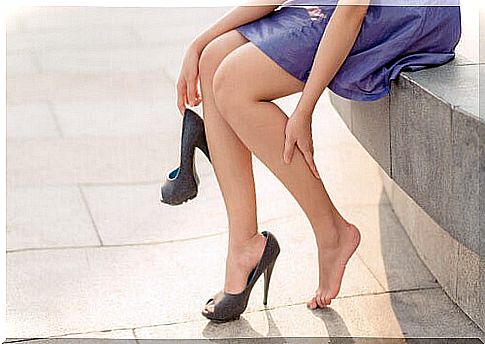
- Inflammation
- Very marked blue, purple and green veins
- Leg cramps
- Pain behind the knees
- Itching around the vein
- Tired
- Ulcers
- Your brown on the skin
Why are they formed?
They are born when healthy veins become inflamed and cause blood to stagnate.
Blood normally uses the vein to travel to the heart. However, the exact cause why it remains stagnant is unknown. Although there are several factors that increase this probability:
- Genetic inheritance
- Pregnancy
- Obesity
- Hormonal changes
- Staying upright for long periods of time
- Wearing clothes that are too tight
Diagnostic
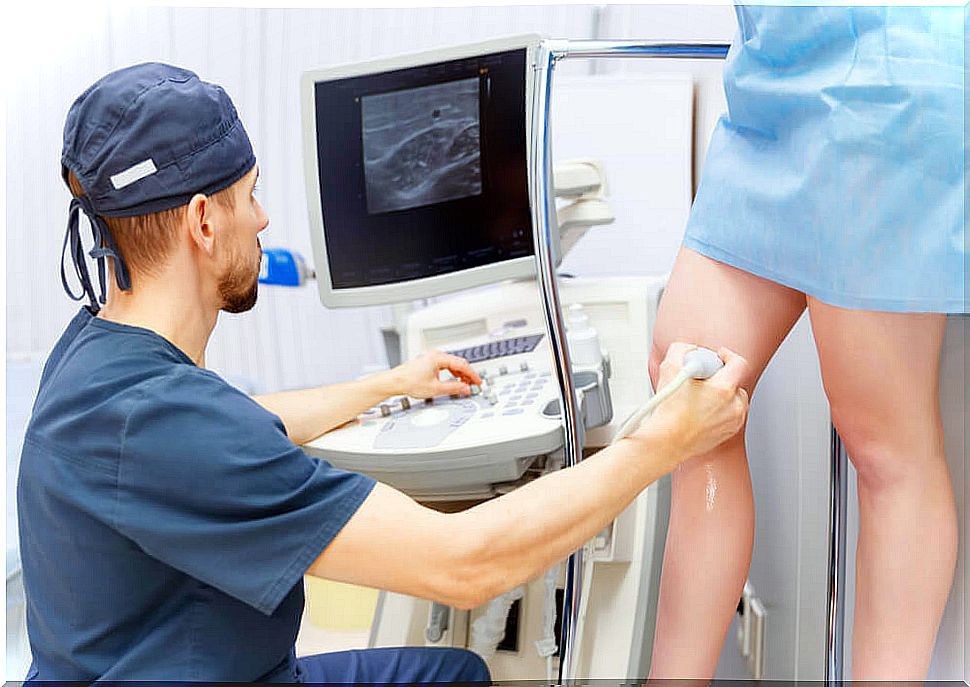
If you have any of the above symptoms, it is best to see a specialist. He will perform a physical exam.
Afterwards, an ultrasound is needed, which will help check the condition of the blood and how it is circulating. Ultrasound allows the analysis of superficial and deep veins.
Fortunately, not all varicose veins require medical treatment. This as long as they do not prevent you from carrying out your daily activities. You will need to worry about when:
- You can no longer walk or stand
- Ulcers appear
- The feet and ankles become inflamed
It should be noted that the issue of ulcers is a tricky one, as it is possible for venous ulcers to develop through stasis, that is, when the veins widen and do not drain normally.
The problem is that when this happens, the skin does not receive oxygen and as a result it bursts in the form of sores.
Likewise, the appearance of phlebitis (inflammation of the vein) and thrombosis (clots in the veins) is possible.
Treatment of varicose veins
One of the most common treatments that does not involve surgery is sclerotherapy.
It consists of the application of a saline solution which causes the collapse of the veins. That is, once the blood is stuck in the vein, it no longer works and the injection makes it disappear.
But what about the blood? The work of transport to the heart is naturally transferred to the nearest healthy blood vessels. As a result, the circulation returns to its normal cycle.
However, the healing process with sclerotherapy requires several sessions, because on average, 3 injections are needed to heal each vein.
How it works ?
In one session, up to 40 veins can be treated. Thereafter, a treatment of 4 to 6 weeks is necessary for their recovery (the use of socks with support is recommended).
During this time, the rest of the veins can be treated, but never the same vein in two continuous sessions.
What do we feel?
It is clear that at first the sensation is uncomfortable, because you have the sensation of small needle-like pricks. Some people will experience these side effects:
- Slight inflammation
- Bruises
- Itching
- Redness
- Pain
It is recommended to perform moderate physical activity to speed up the recovery process.
The good news is that the treated veins disappear within 6 months.
It is important to stress that sclerotherapy does not prevent the appearance of new veins, it only eliminates those which are already damaged.
Are there other options?

Among the different treatments, the following stand out:
- Application of intense and pulsed light. It takes between 1 and 6 treatments.
- Laser therapy, indicated for small blood vessels in the face and legs.
- Ligature. It is a surgical procedure in which the veins are removed or attached by means of an incision in the skin.
- Use of a radiofrequency device connected by a catheter to the valve of the vein to block it.
How to prevent varicose veins?
- Do not expose yourself to the sun for long periods of time.
- It is also recommended to keep the legs elevated for a few minutes before sleeping.
- Also, if you spend a lot of time on your feet, it’s a good idea to stop every two hours and stretch.
- Use compression stockings or socks with elastic support.
- Eat a balanced diet to control weight.
- Also avoid the consumption of alcoholic drinks and cigarettes.
- Be careful with sudden changes in temperature.
- Do physical activity at least three times a week for thirty minutes.
- The use of stockings is also not recommended.
- Also avoid crossing your legs while sitting.
